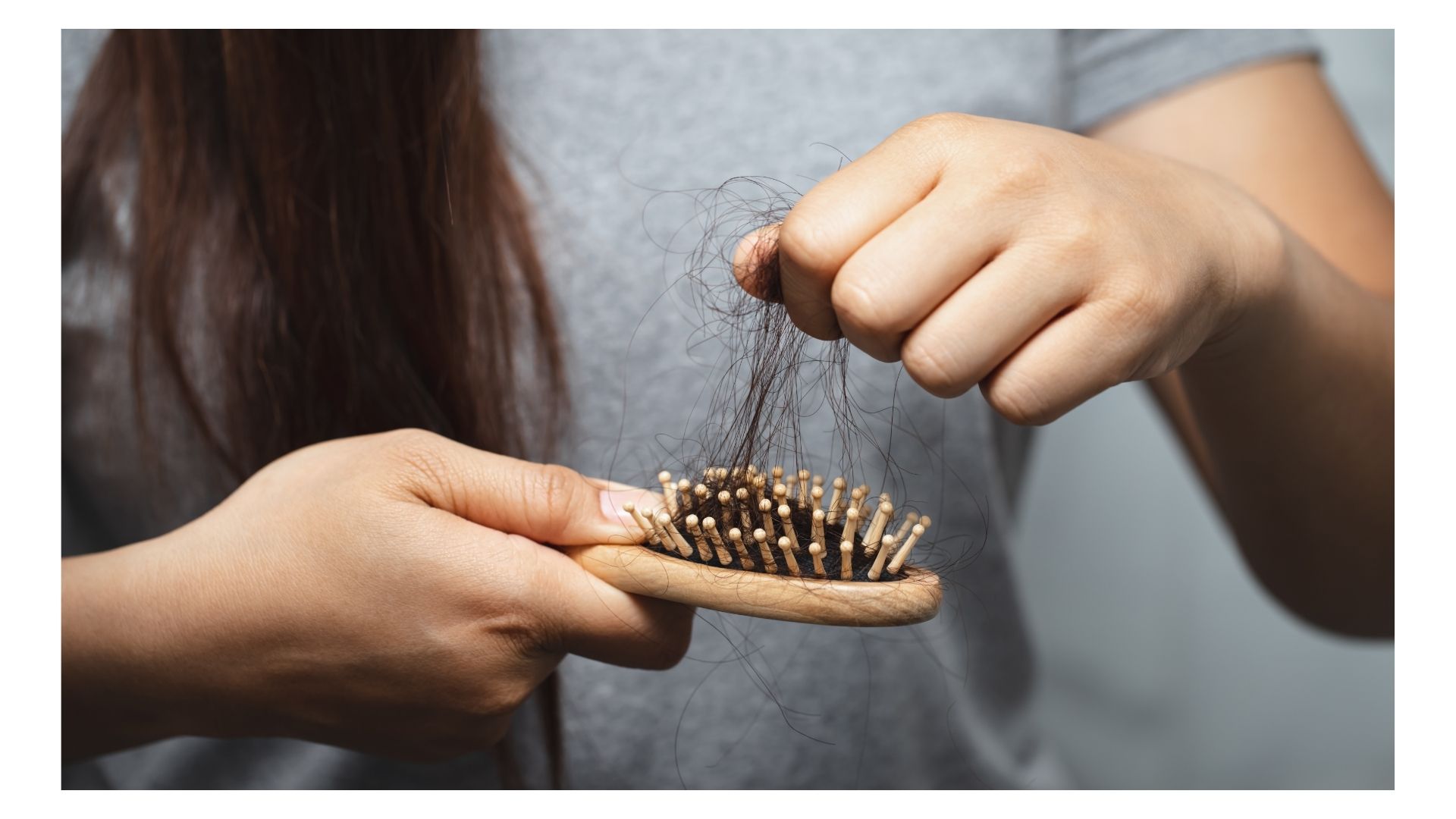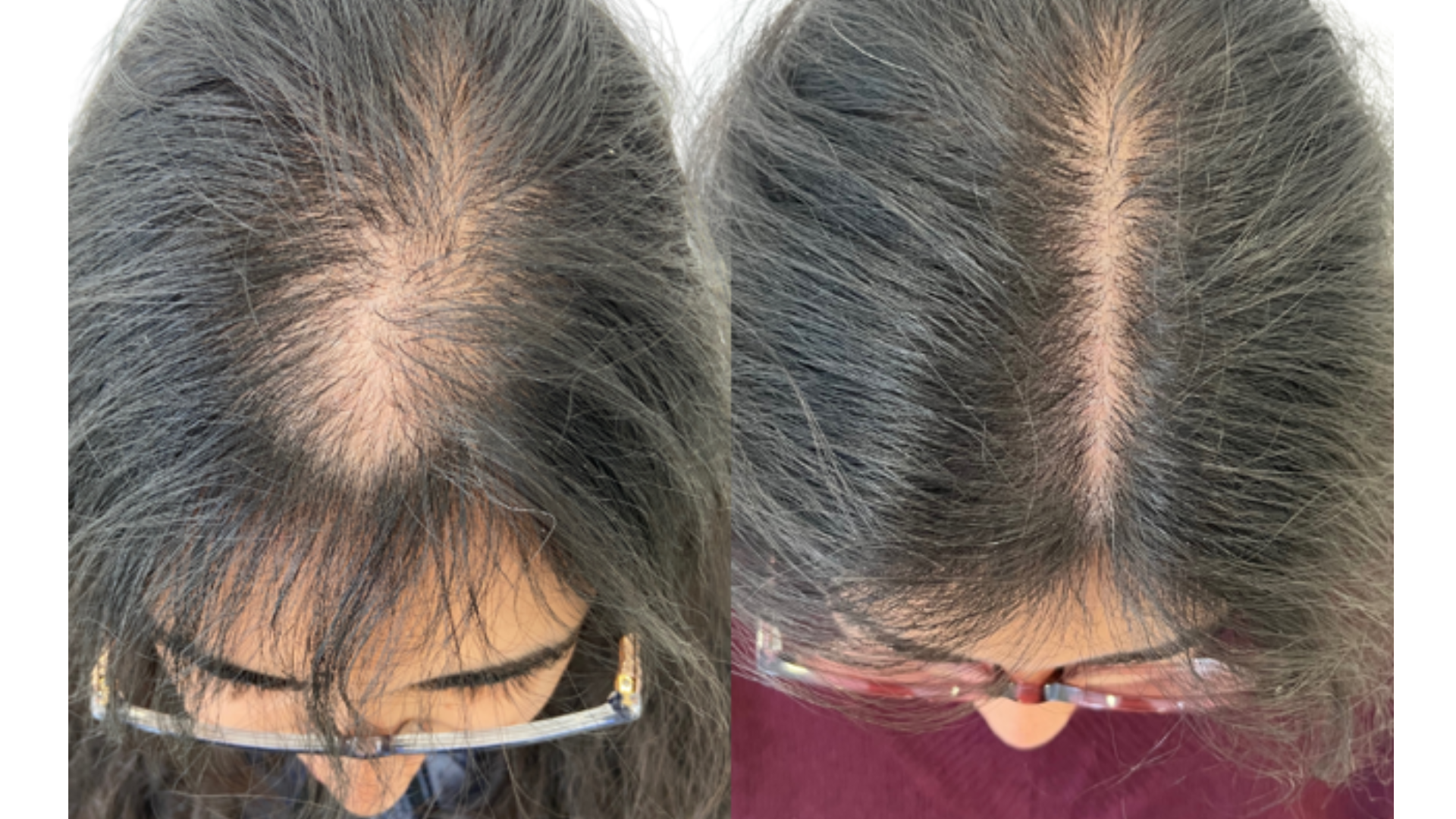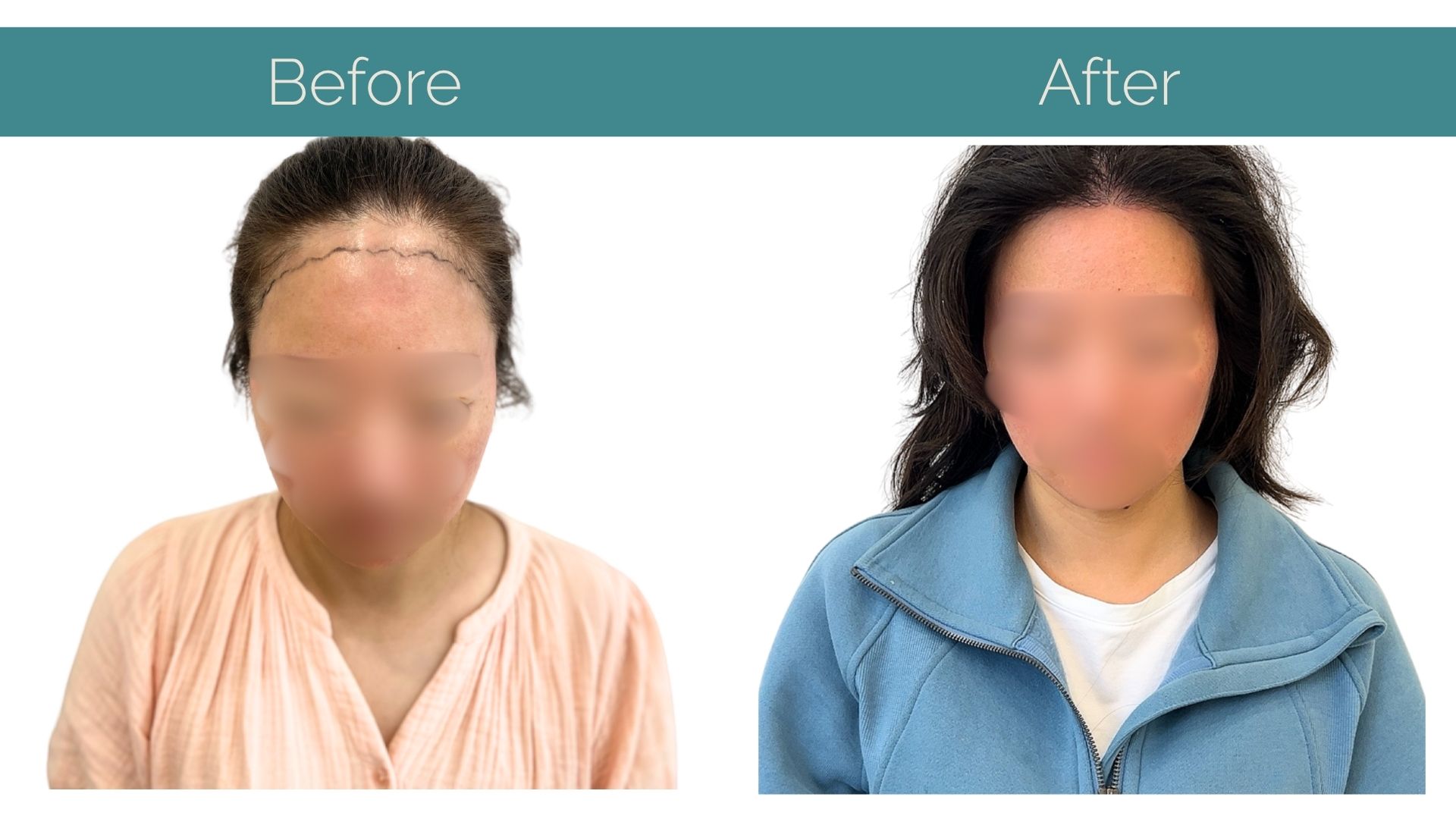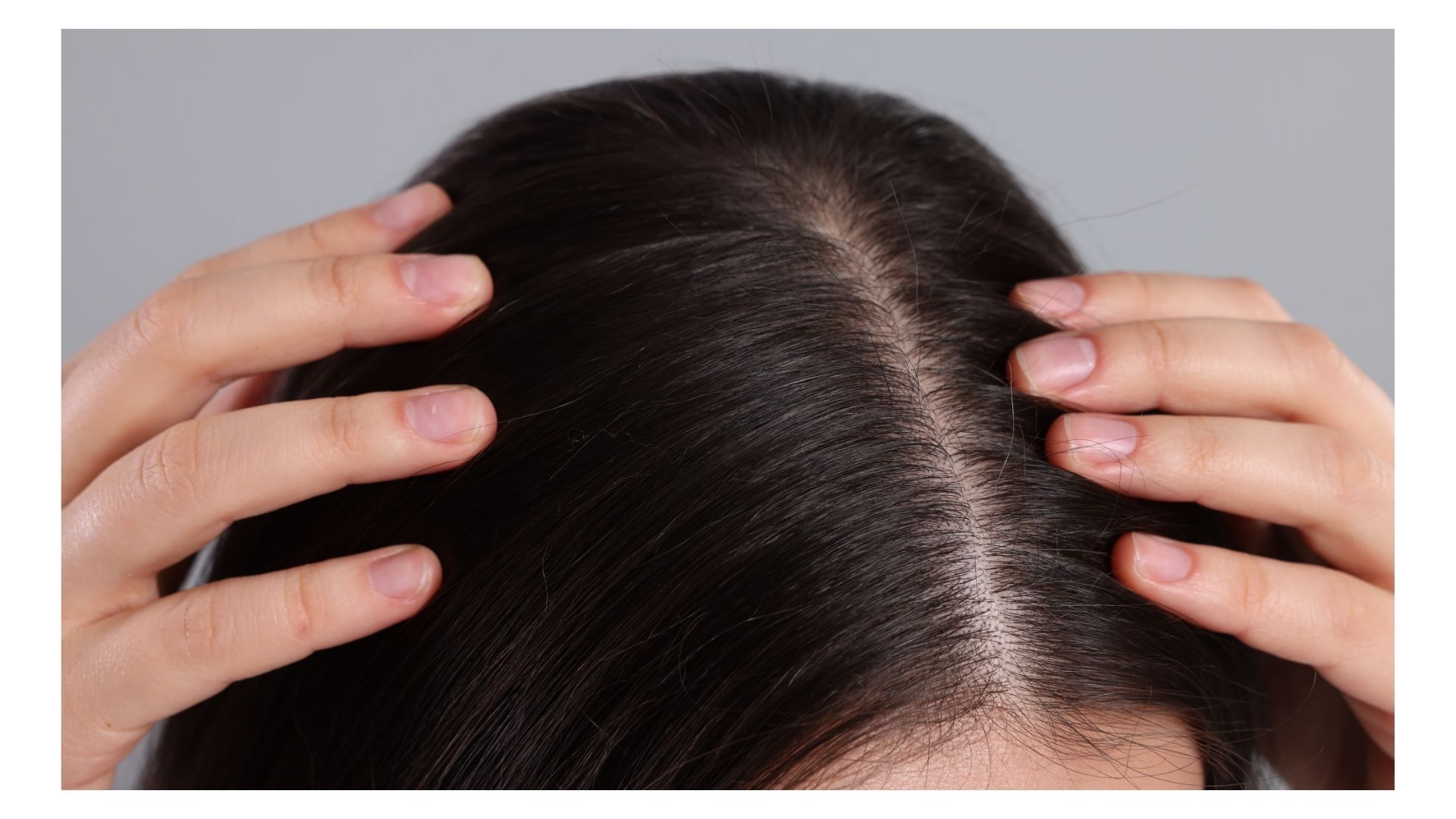While there are many treatment options available, hair transplants have emerged as a highly effective solution for restoring natural hair.
But here’s the catch: traditional hair transplant methods often involve shaving the donor area, which can be a dealbreaker for many women. Enter the no-hair-shave technique, a revolutionary approach that’s changing the game for female hair restoration.
Why Women Need a Different Approach
Women’s hair loss patterns differ significantly from men’s. While men often experience bald spots or receding hairlines, women typically face diffuse thinning across the scalp.
This means that the donor area (where hair is taken from) needs to be larger and more versatile to match the unique needs of female patients. The no-hair-shave technique is ideal for this, as it allows hair to be harvested discreetly without shaving large sections of the scalp.
How the No-Hair-Shave Technique Works
Unlike traditional methods, the no-hair-shave technique doesn’t require shaving the donor area. Instead, individual hair follicles are carefully extracted from areas with dense hair growth, such as the back or sides of the scalp.
These follicles are then transplanted to thinning areas, creating a natural and seamless look.
Here’s why this technique stands out:
No Skin Cuts or Stitches: Unlike the strip surgery method (also known as Follicular Unit Transplantation or FUT), which involves cutting a strip of skin from the scalp, the no-hair-shave technique uses Follicular Unit Extraction (FUE). This method is minimally invasive, leaving no visible scars or stitches.
Larger Donor Area: Because shaving isn’t required, hair can be taken from a broader region, ensuring better coverage and more natural results.
Quick Recovery: With no stitches or large incisions, recovery time is faster, and there’s minimal discomfort.
Discreet Procedure: For women who want to keep their hair restoration journey private, this technique allows them to maintain their existing hairstyle without noticeable changes during the process.

Why It’s Perfect for Women
The no-hair-shave technique is particularly suited for women because it addresses their unique needs:
1. Natural Appearance: Women often prefer treatments that don’t disrupt their current hairstyle. This technique ensures that the donor area remains undetectable.
2. Versatility: Since women’s hair loss is often diffuse, the ability to harvest hair from a larger donor area is crucial for achieving optimal results.
3. Minimally Invasive: The absence of skin cuts and stitches makes the procedure less intimidating and more appealing to women who may be hesitant about surgery.
A Step Ahead of Traditional Strip Surgery
Traditional strip surgery, while effective, comes with drawbacks that make it less ideal for women:
Visible Scarring: The strip method involves removing a section of skin, which can leave a noticeable scar.
Limited Donor Area: The strip method restricts the donor area to a specific section of the scalp, which may not be sufficient for women with diffuse thinning.
Longer Recovery: The skin incision and stitches require more time to heal, making the process more invasive overall.
The no-hair-shave technique eliminates these concerns, offering a more refined and patient-friendly approach.
The Bottom Line
For women experiencing hair loss, the no-hair-shave technique is a breakthrough in hair restoration. It’s discreet, minimally invasive, and allows for a larger donor area, making it the perfect solution for diffuse thinning.
With no skin cuts, stitches, or shaving required, this method ensures natural-looking results while preserving the patient’s confidence throughout the process. If you’re considering a hair transplant, this innovative technique might just be the answer you’ve been looking for!

Common concerns with traditional hair transplant methods include:
1. Visible Scarring: Traditional methods like strip surgery (FUT) involve removing a strip of skin from the scalp, which can leave a noticeable linear scar.
2. Shaving Requirement: Most traditional techniques require shaving the donor area, which can be inconvenient and make the procedure more noticeable, especially for women.
3. Limited Donor Area: The strip method restricts the donor area to a specific section of the scalp, which may not be sufficient for patients with diffuse thinning.
4. Longer Recovery Time: The skin incision and stitches in traditional methods require more time to heal, leading to a longer recovery period and potential discomfort.
5. Invasiveness: Traditional methods are more invasive, involving skin cuts and stitches, which can be intimidating for patients and increase the risk of complications.
6. Aesthetic Concerns: The shaved donor area and visible scars can affect the patient’s confidence during and after the procedure.
These concerns make traditional methods less appealing, especially for individuals seeking discreet and minimally invasive solutions.
In conclusion
The no-hair-shave technique represents a real turning point in how hair transplants are approached for women. By removing the barriers of shaving, visible scarring, and lengthy recovery times, this method offers a discreet, natural, and confidence-preserving solution that truly caters to the unique needs of female patients.
For women who may have been hesitant about pursuing hair restoration due to the limitations of traditional methods, this innovative approach opens the door to transformative results without compromise.
Ultimately, it’s not just about restoring hair – it’s about restoring self-assurance, dignity, and the freedom to embrace life with confidence.

About IK Clinics
At IK Clinics, we’re not afraid to say that we’re proud to lead the way. Our expert team, advanced technology, and commitment to patient care ensure you get the best experience from start to finish.
What’s more, we offer a range of services in hair restoration, like FUE, Stem-cell and Plasma Therapy, along with various anti-aging treatments. Get in touch to find out more or book a consultation.


